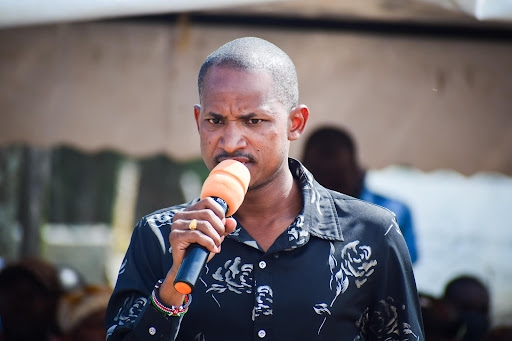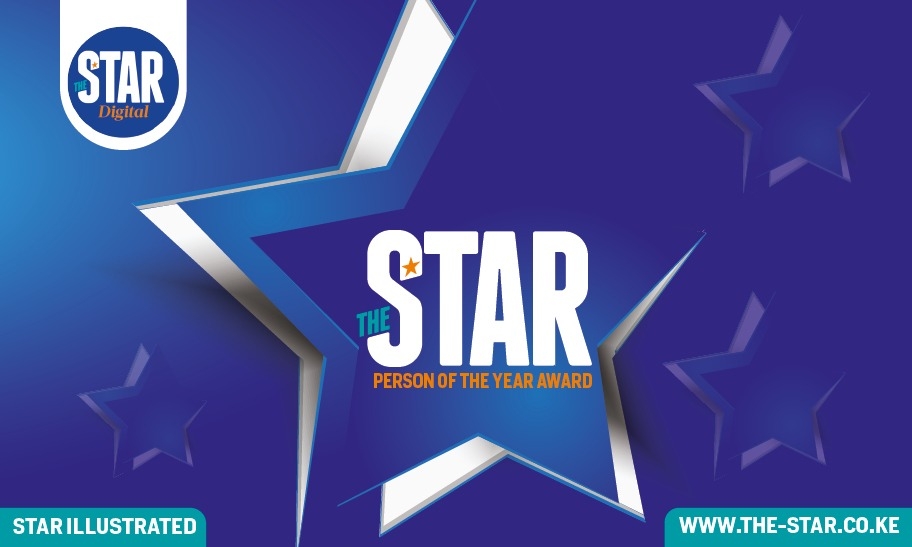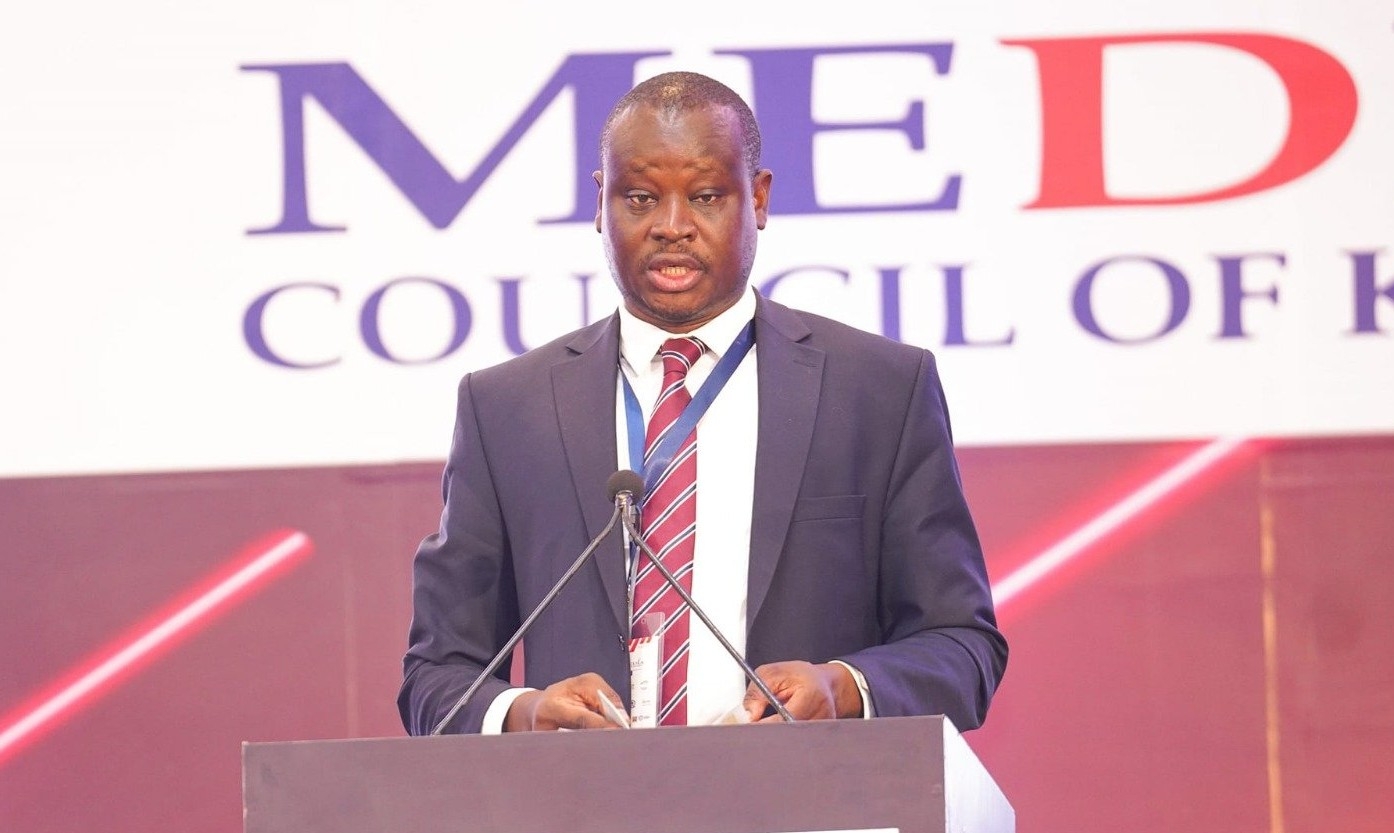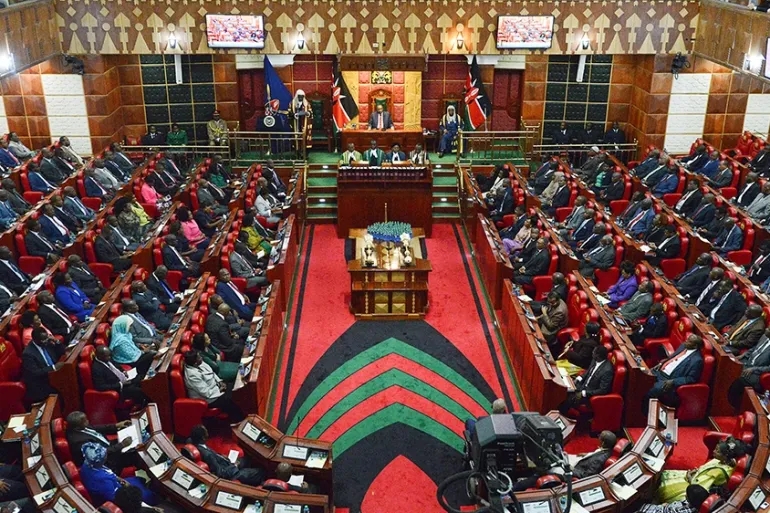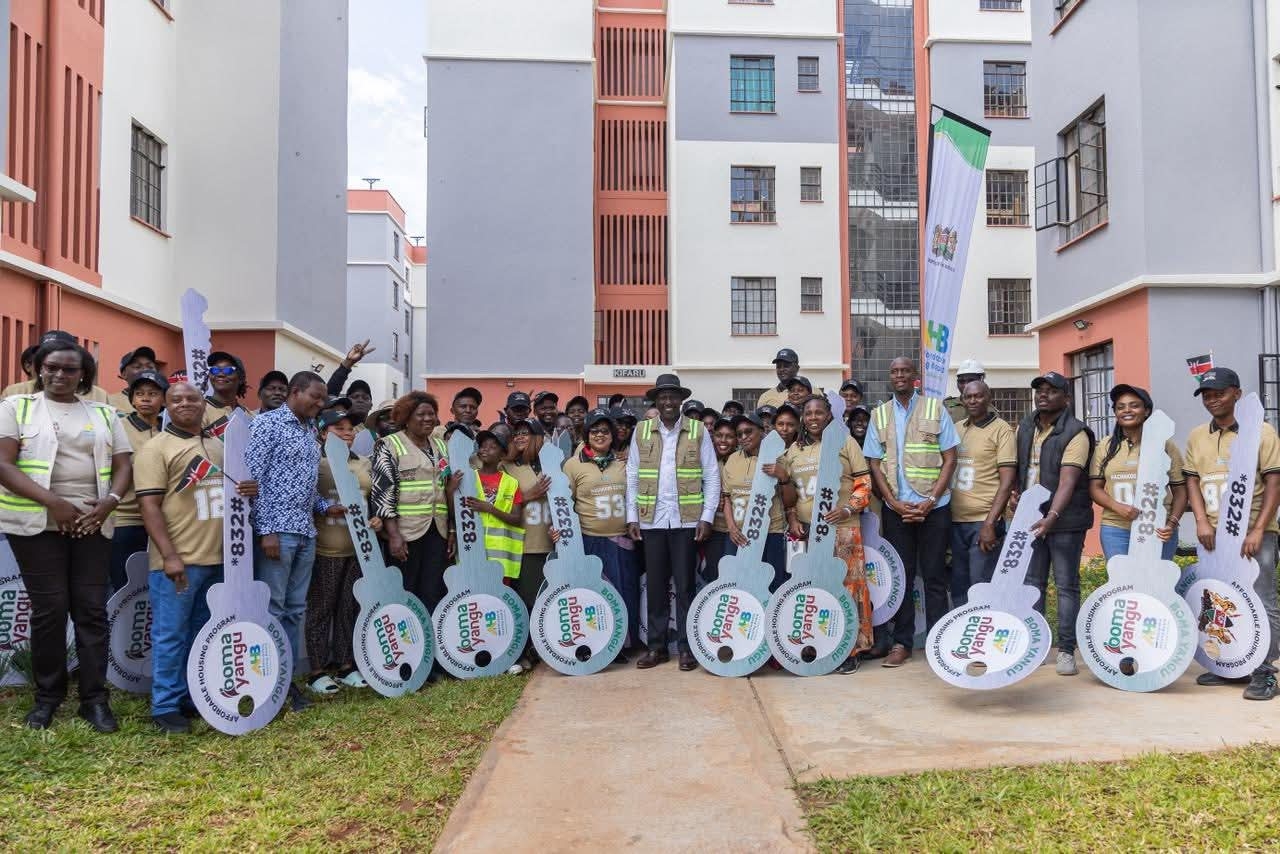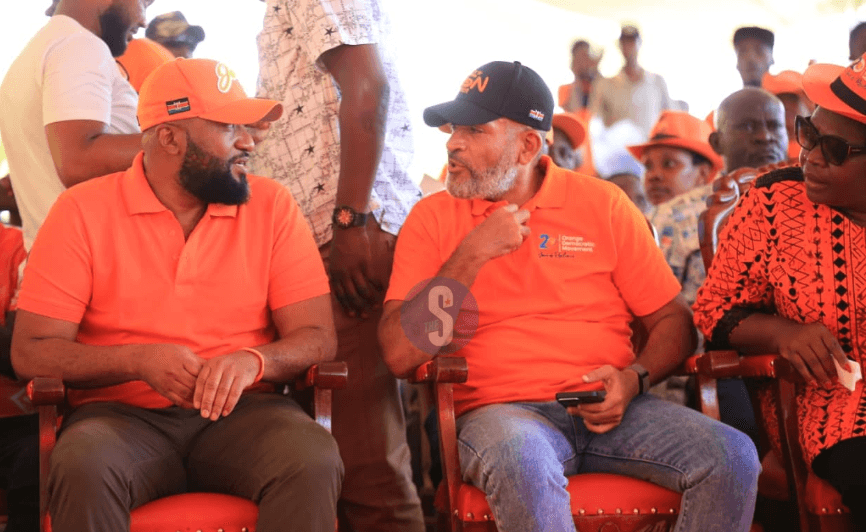It seems that lessons learnt from the 2011 drought were in vain. Judging from recent media reports and images broadcast on television, it is apparent the even this year, the livestock enterprise is once more on the cusp of profound losses.
Approximately five million pastoralists are at risk of losing a significant part of their animals, and domestic fundraising strategies pegged on generous donations have yielded little results, they are dead horse theory.
A raft of data and research testifies that unless profound solutions are instituted, the shortcomings of the livestock enterprise will continue to recur in the long term. To pastoralists, droughts are just catastrophic, they cause more livestock losses than cattle rustling and diseases combined.
On hunger, the impact of drought on pastoral communities is noticeably severe and double-edged. Episodes of starvation are interchangeably replaced by livestock losses, and gains made towards securing pastoral livelihoods remain fragile amidst the failure of entities concerned to effectively follow up.
To break the cyclic nature of pastoral livelihood losses, communities concerned should dismount the dead horse. Because, appointing committees to study the horse, or arranging to visit other countries to see how they ride their dead horses will not help mitigate the impacts of drought on livestock.
Many solutions to livestock development exist but they are seldom a cause for any celebration.
An ideal solution fashioned within the prism of insurance can help to mitigate the resultant impacts of drought. In this context, an insurance system which combines livestock insurance system with satellite remote sensing technology can help to mitigate losses.
Livestock insurance can cushion pastoralists against losses induced by weather variations. This is because it provides a bold avenue, which, if promoted and utilised appropriately, can help to cushion pastoral communities against livestock losses.
Although livestock insurance has been in the Kenyan market for close to a decade, its design is loose in two points; livestock insurance products focus on high-value dairy animals and as a product, it is yet to adopt elements of local Islamic insurance mode.
A review of insurance companies indicates that at the moment, there are two main insurance companies offering livestock insurance-based products. Rightly so, because of the manual process required to ascertain drought-induced losses and the limited baseline reference.
The platform to operationalise livestock insurance is ripe; ownership of smartphones even among the pastoralists is highest in the region. Dispensing insurance payouts on a large scale to pastoral communities has successfully happened in Ethiopia than any other country in the region.
The success of livestock insurance Ethiopia can variously be attributed to the fact that it is well orchestrated by humanitarian agencies such as the World Food Programme and specialised agencies like the African Risk Capacity.
Incorporating humanitarian organisations in actualising livestock insurance can help provide focus and drive consistent prioritisation, especially in a setting where agriculture is a devolved function.
It is time to see livestock losses for what they are–a national security threat that has the potential to cripple pastoral livelihood.
For livestock insurance to be successful, a concerted effort among ecosystem participants is required to sensitise, fund and promote a shared, standardised livestock threat quantification framework.
Risk Management and Compliance Officer



